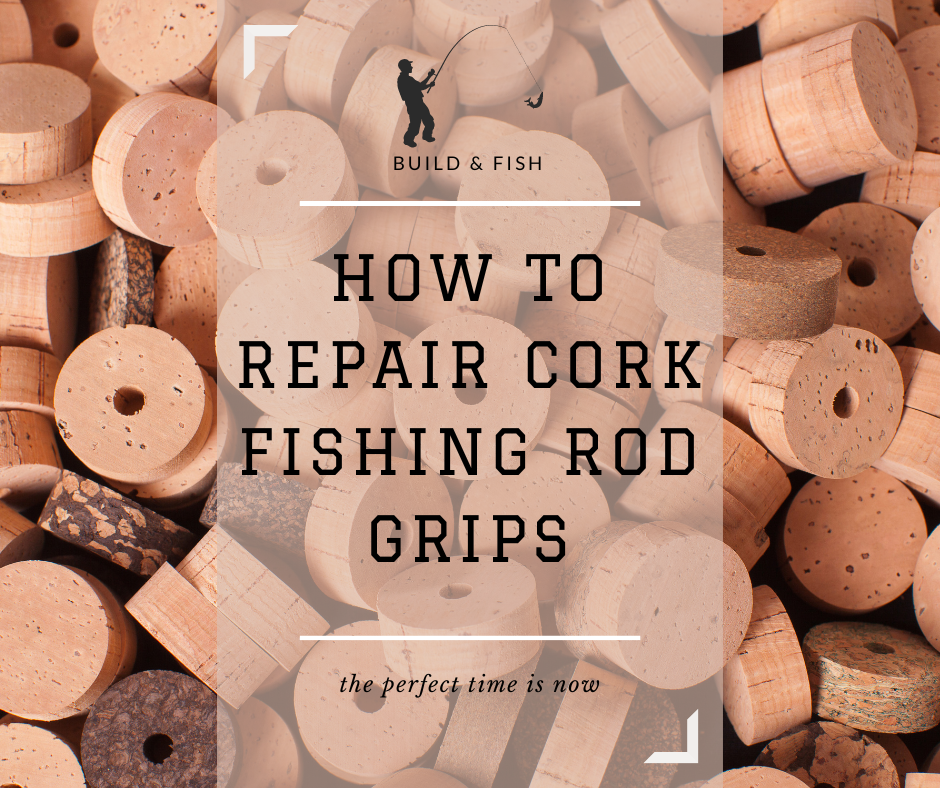
Cork grip maintenance - how to repair cork fishing rod grips
Many factory rolled rods are constructed with very poor quality cork. Hence after a year or so fishing you may find your handles are simply falling apart.
There are many cheap suppliers of cork however low grade cork is found heavily pitted, and filler is used to cover these pits. Over time the filler falls out leaving you with an unsightly grip. This can be resolved with re applying the filler but its only a matter of time until the filler falls out again.
Higher quality cork have less "pit’s" or imperfections, requiring little filler if any at all. This means that the feeling of the cork in your hand is much smoother, sensitive and the cork will last a long time if cared for appropriately.
Grades of cork are as follows:
Flor Grade should be free of any filler and have very few blemishes
A Grade will have a small amount of filler (up to 10%)
AAA Grade will have significantly more blemishes and filler
Grades below this will look like your dog has chewed it the cork.

Many factory rolled rods are constructed with very poor quality cork. Hence after a year or so fishing you may find your handles are simply falling apart.
The more costly option is to cut both the fore and rear grip off and replace with a better quality cork.
Your other option is to repair the cork you have.
When shaping cork grips, place some cardboard under where the lathe deposits the cork sawdust and save this cork saw dust. This will come in handy when repairing cork.
If a pits appears in your cork handle, this is usually a sign that a lower cork grade was used and the filler has fallen out.
To repair these pits, mix the cork sawdust with a PVA glue such as aquadere or bondcrete. Mix well to allow the cork sawdust to be covered completely.
Apply the mix to the holes and cracks in your grips, with a wet piece of plastic smooth out the mix so that you don’t require a massive amount of sanding after glues dries. You can always apply a second coat should you need to build up areas.
If the holes are deep and you need to get the mix into the bottom of holes, you can dilute the mix with a small amount of water. Try not to add any more than 10% water.
Allow 24 hours for the clue to cure. Now use a sand paper around 200 grit, gently removing the excess mix. Then change to a 300 grit for finishing.
To finish to a silky smooth finish simply use a handful of sawdust in your hand and gently rub on the cork surface.
Dust of the excess and you’re ready for sealing.
Sealers available are many so I will discuss three of the main ones
- U-40 cork sealer is a paint on application
- Bees wax – this application can be quite difficult if you haven’t done it before. Melt the wax and apply with a coarse brush to the cork. I find that if the cork is rotating at 20 RPM the wax will flow to give an even coating
- Epoxy coating – This works well and probably outlast either of the above processes. Start with a thin coat of epoxy, allow to dry (24hours) sand the surface with some 300 grit. Wipe clean and apply a second coat
